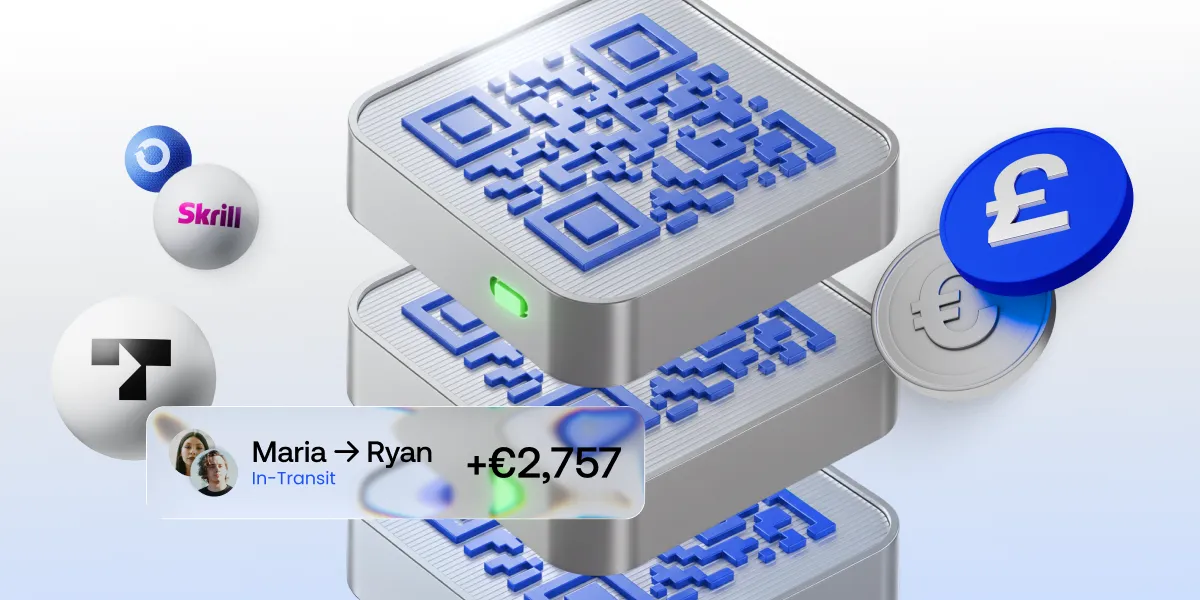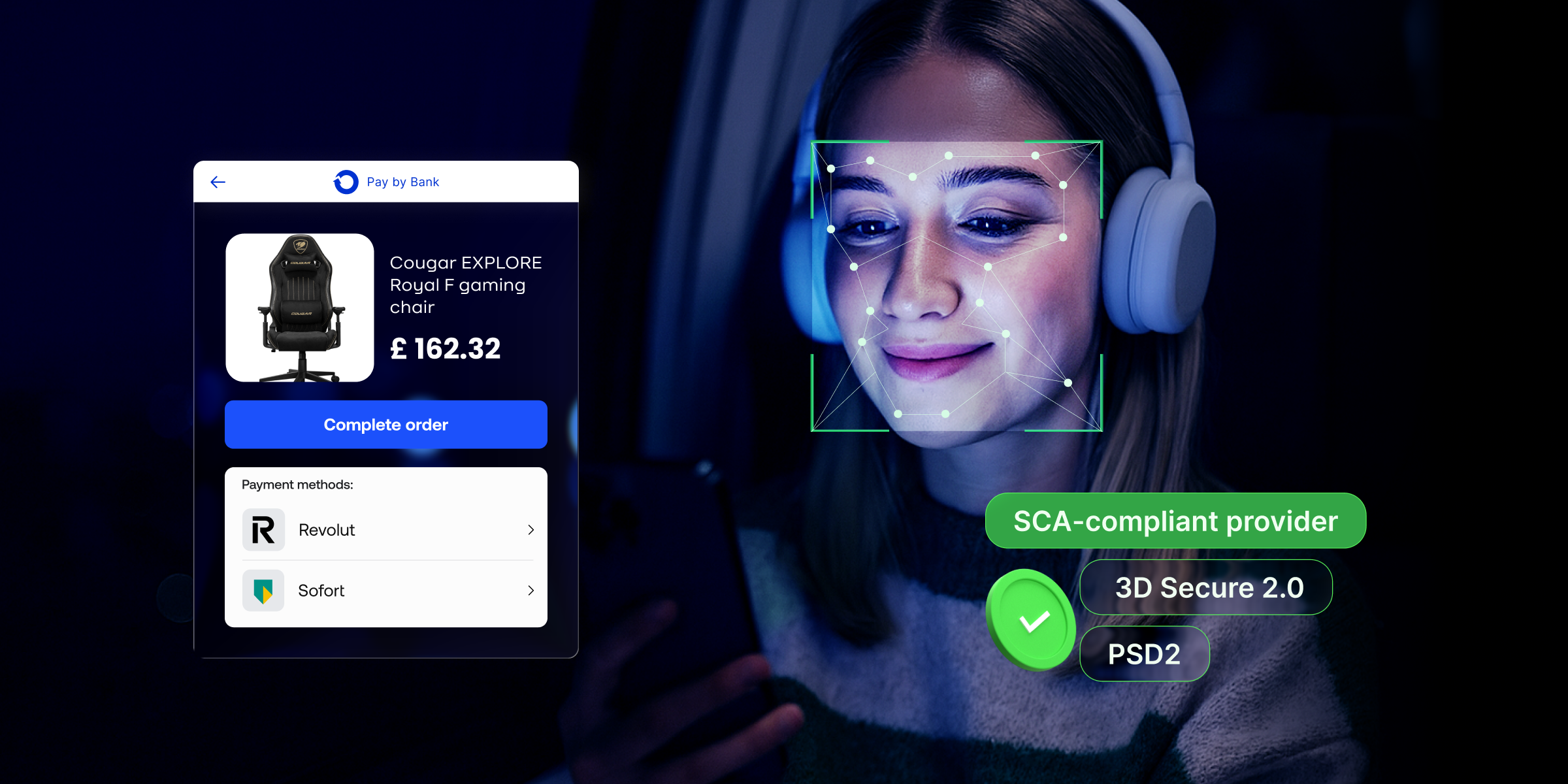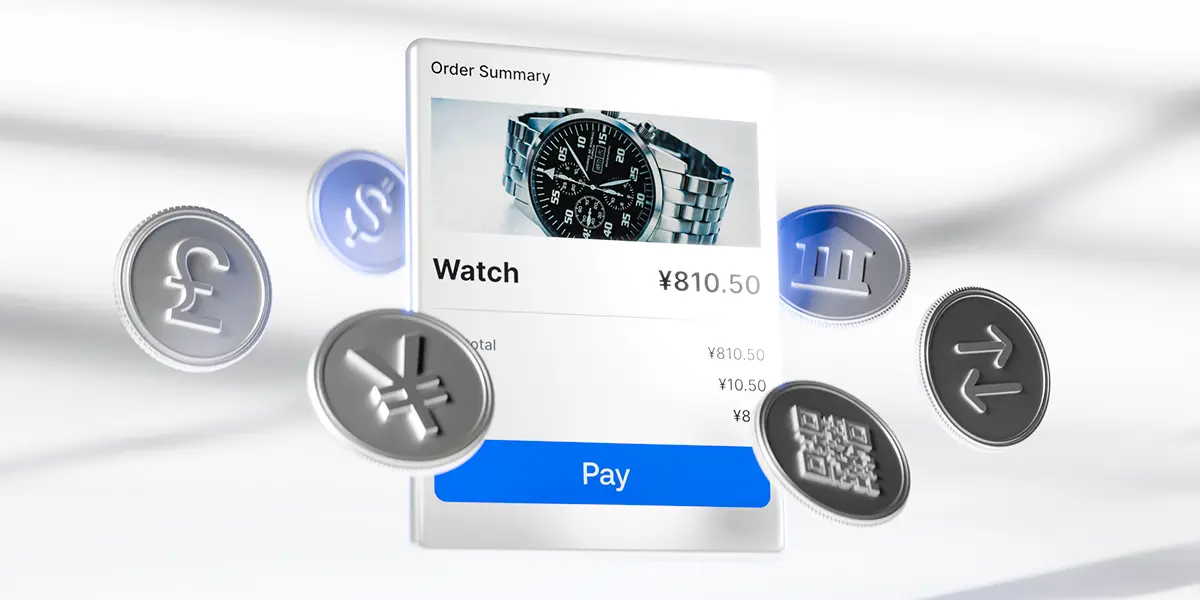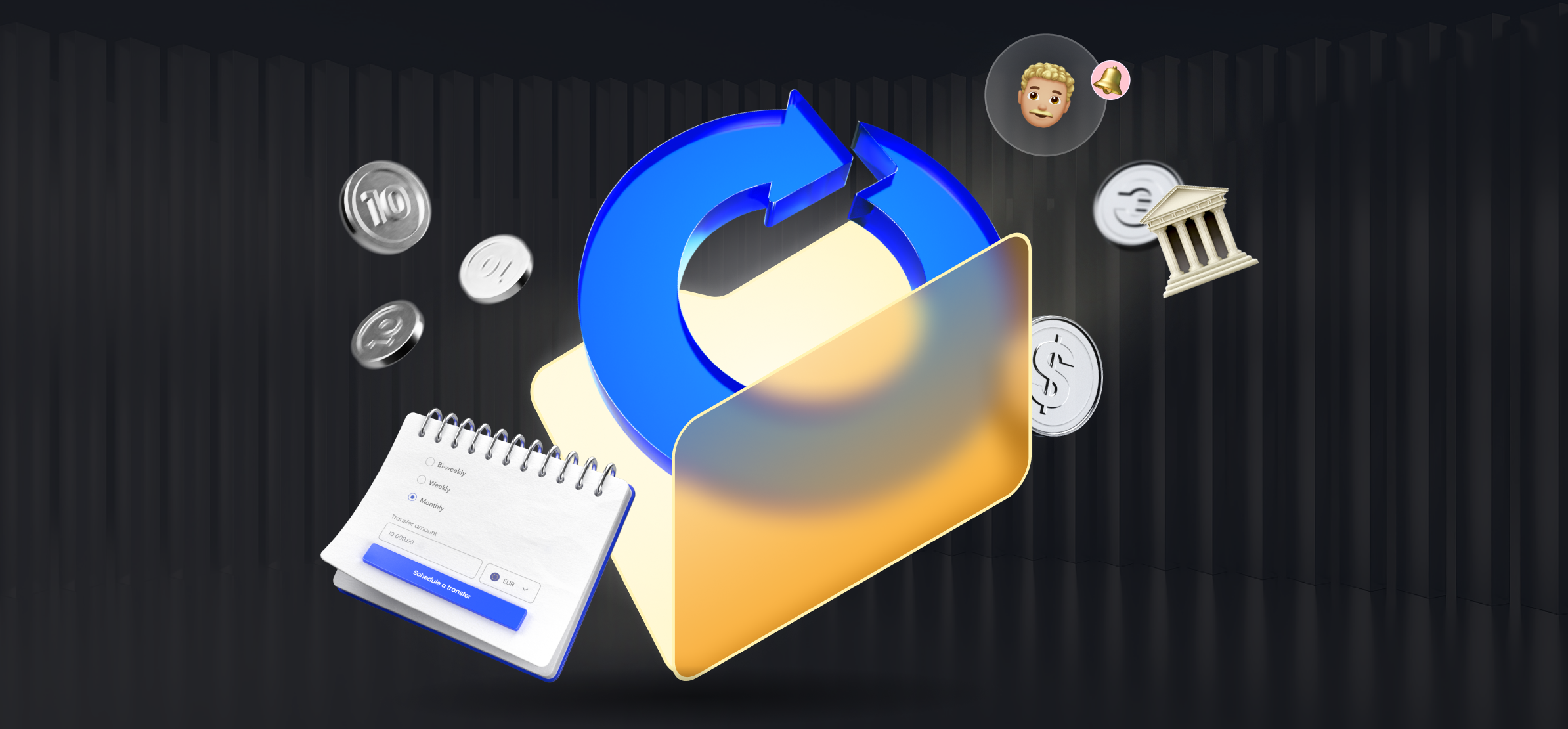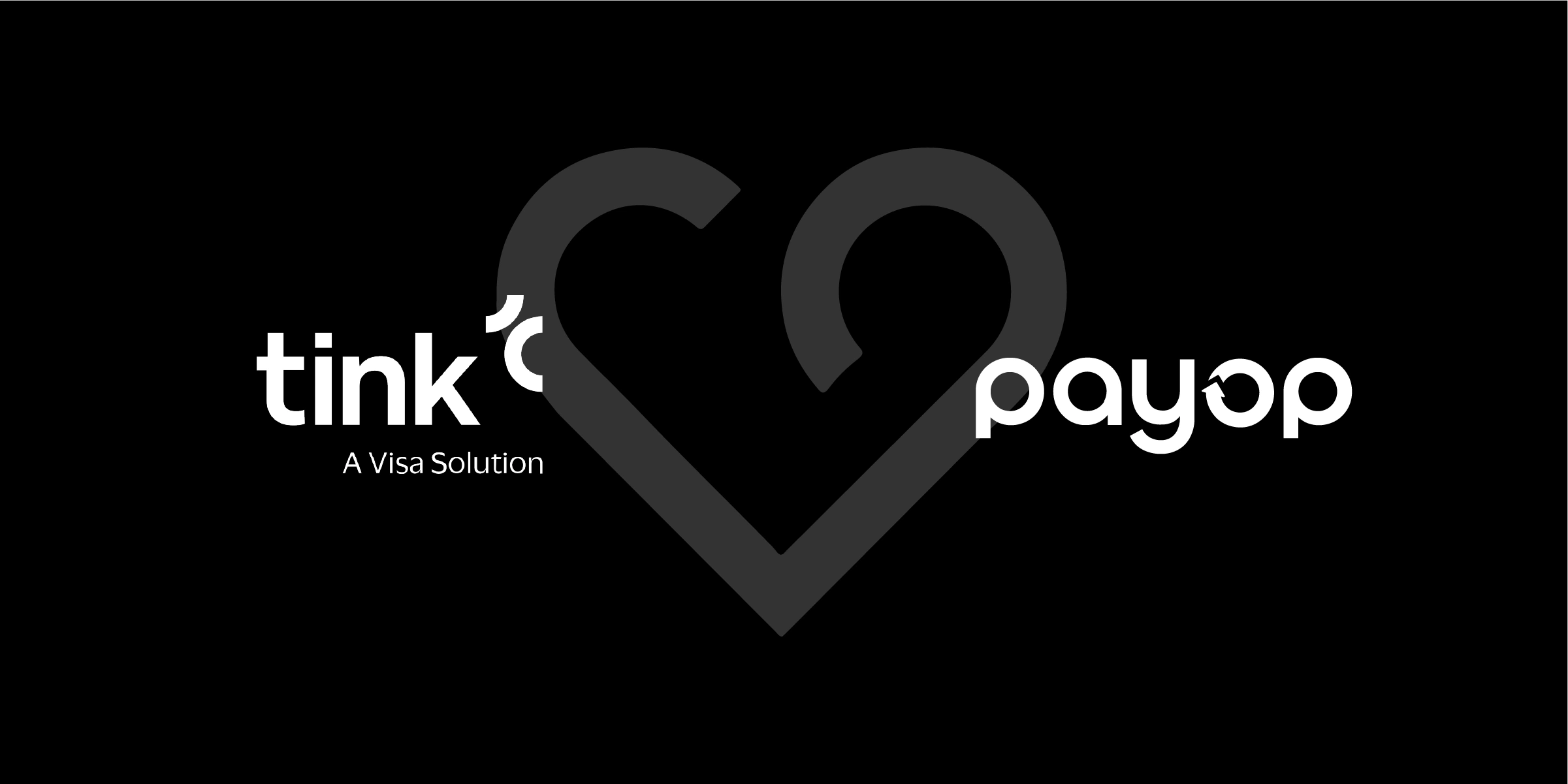Alternative payment methods in gaming: How to boost revenue and player loyalty
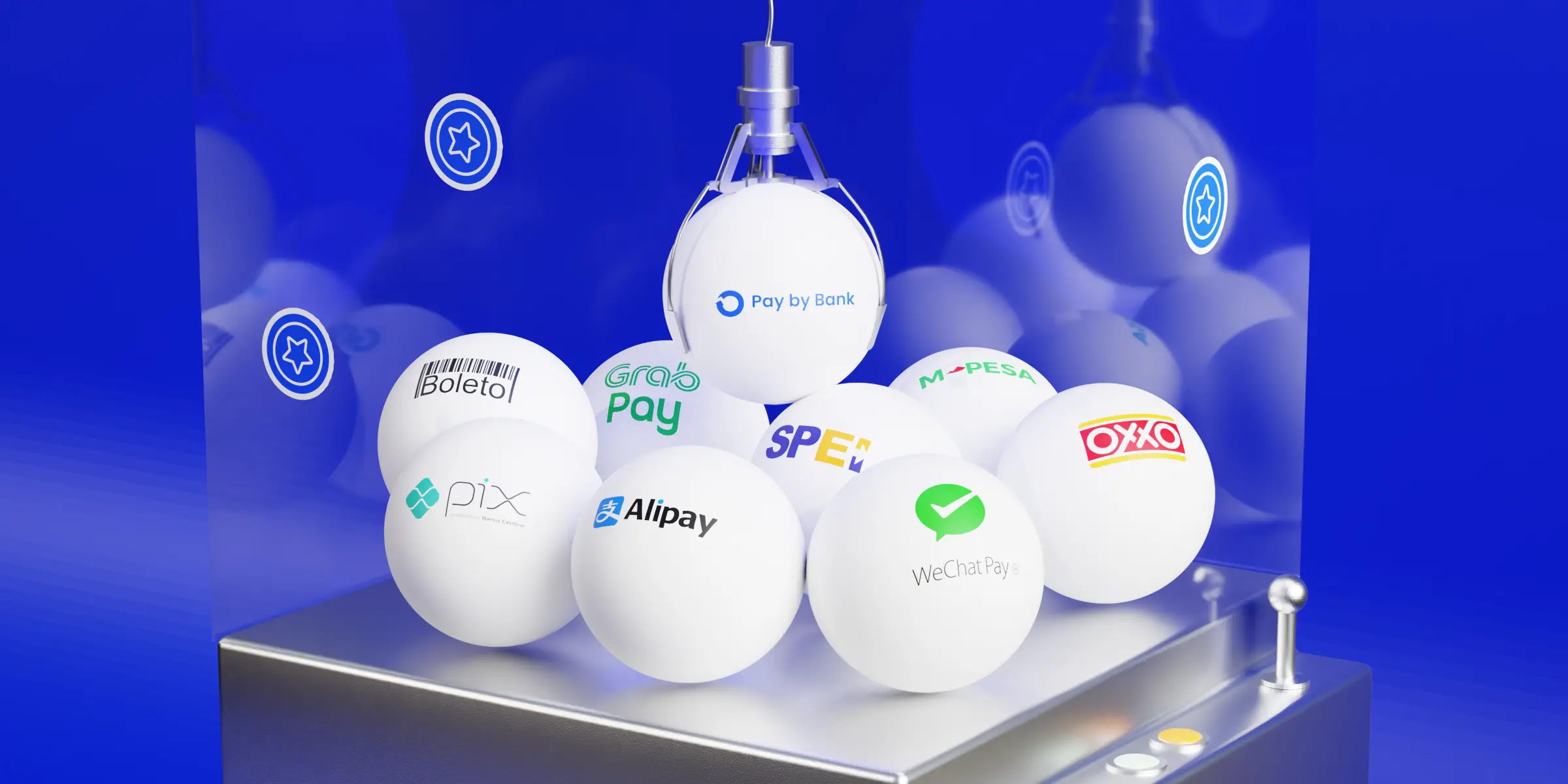
The gaming industry is one of the fastest-growing digital markets in the world, attracting millions of players every year. But while developers and publishers focus heavily on gameplay, graphics, and content, payments are just as important in shaping the player experience.
Alternative payment methods (APMs) are becoming central to this process. They ensure that gamers from every corner of the world can pay quickly, securely, and in ways that feel familiar.
Why are alternative payment methods critical in gaming?
Payments in gaming are different from those in other industries. Players often make smaller, repeated transactions – whether buying credits, skins, or passes. They expect speed and simplicity above all else. Traditional card-based systems, although still important, often fail to meet these expectations. That’s why APMs are not an additional option anymore – they’re a must-have.
Several factors explain this shift:
- Speed matters more than ever. Players buying in-game skins, loot boxes, or credits expect instant confirmation. A 10–20 second delay can disrupt gameplay and cause drop-offs.
- Card access is limited. In many regions, players simply don’t rely on credit cards for online purchases. Local habits, low banking penetration, and trust issues mean gamers often turn to e-wallets, vouchers, or real-time bank transfers instead.
- Fraud risks are higher. Gaming accounts often involve a large number of small transactions, which fraudsters exploit. Without robust fraud prevention, chargebacks can spiral out of control.
- Player demographics vary. Younger audiences often prefer prepaid vouchers or wallets that offer privacy and spending control over cards.
Popular alternative payment methods in gaming
The term alternative payments covers a wide variety of methods beyond traditional cards. Some are well-established, while others are only emerging with the rise of open banking and blockchain. For gaming companies, it’s essential to know which methods matter most in each market.
H3: Digital wallets
Digital wallets are among the most widely used APMs in the gaming world. They are popular because they’re fast, user-friendly, and often built directly into mobile devices. For gamers, they mean one-click checkouts and seamless funding of accounts.
E-wallets like Alipay, WeChat Pay, and GrabPay dominate in regions like China and Southeast Asia. In fact, in China, wallets account for more than 80% of all online payments, covering gaming purchases, subscriptions, and more.
H3: Prepaid cards and vouchers
Prepaid vouchers appeal to players who don’t have access to cards or prefer more control over their spending. They are especially relevant for teenagers and underbanked populations. By purchasing a voucher with cash or online, players can redeem credits directly in games.
Services like Boleto Bancário and OXXO are the top-used payment methods in Latin America. In markets like Mexico and Brazil, prepaid solutions remain essential for connecting with millions of gamers.
H3: Pay by Bank
Pay by Bank allows players to make direct account-to-account payments without card networks. This means deposits are confirmed instantly, giving gamers immediate access to in-game items, credits, or subscriptions. For players used to fast gameplay, this kind of speed at checkout makes all the difference.
For gaming companies, Pay by Bank can reduce processing costs, lower fraud risks, and eliminate chargebacks thanks to secure bank authentication. It’s also available outside banking hours, including weekends, ensuring uninterrupted access to funds when gaming activity peaks.
H3: Mobile money
In regions with low card penetration, mobile money has become another digital payments staple. Africa is the best example, with M-Pesa leading the way and reaching more than 50 million users across 7 countries.
For gaming companies, integrating mobile money allows them to tap into large new audiences. By accepting mobile payments, businesses can capture gamers who have no access to traditional banking.
H3: Cryptopayments
Crypto has found a niche among tech-savvy gamers and cross-border platforms. While still not super mainstream, it offers fast, borderless, and transparent payments.
Stablecoins, in particular, are becoming attractive in countries with volatile currencies. Building on this, cryptocurrency in general is gaining traction as a borderless, instant, and low-cost payment option for gaming, helping platforms reach global audiences without the limitations of traditional banking.
Benefits of alternative payments for the gaming industry
For gaming companies, adding alternative payments is not only about convenience – it’s about competitiveness. A platform that supports local and instant payments can stand out and build trust with players around the world. As a result, you get:
- Higher conversion rates – Offering localised methods ensures players never abandon checkout because their preferred payment option isn’t available.
- Access to emerging markets – APMs open doors to Southeast Asia, Latin America, and Africa, where wallets and vouchers rule.
- Lower processing costs – Direct bank transfers and wallets can cut fees compared to card payments.
- Reduced fraud & chargebacks – Bank-verified payments and prepaid vouchers reduce the risk of disputes.
- Improved loyalty – Gamers trust platforms that make payments seamless and withdrawals quick. A fast, secure payment experience directly affects retention.
Best practices for leveraging APMs in gaming
Introducing alternative payments isn’t about adding as many methods as possible. The real goal is to choose the options that match your players’ habits while keeping operations efficient and compliant.
- Know your players – Use analytics to identify which regions your players come from and what payment methods they prefer. For example, focus on SPEI in Mexico, Pix in Brazil, and Pay by Bank in Europe.
- Offer a localised checkout – Give prices in local currencies and display the most relevant payment solutions on top of the list. Localisation increases trust.
- Prioritise gaming experience – Players shouldn’t wait hours for top-ups or withdrawals. Integrating instant-pay solutions like Pay by Bank or wallets gives a competitive edge.
- Stay compliant – Gaming payments are high-risk. Work with a payment service provider that ensures compliance with international regulations while protecting your platform from fraud.
- Partner with a scalable PSP – Managing dozens of local integrations is complex. Partnering with a PSP like Payop provides access to 200+ payment methods in 170+ countries, advanced anti-fraud systems, chargeback management help, and support from dedicated account managers who understand gaming-specific needs.
Final thoughts
The gaming industry thrives on speed, accessibility, and global reach. Payments that are slow, limited, or outdated simply don’t fit into this landscape. Alternative payment methods are no longer optional. They are what make global gaming possible.
Selecting the right payment service provider that will meet all your needs can be a tricky task. At Payop, we aim to achieve this by providing solutions designed to support high-risk industries like gaming, ensure uptime during peak periods, and equip merchants with the tools they need to grow confidently.


